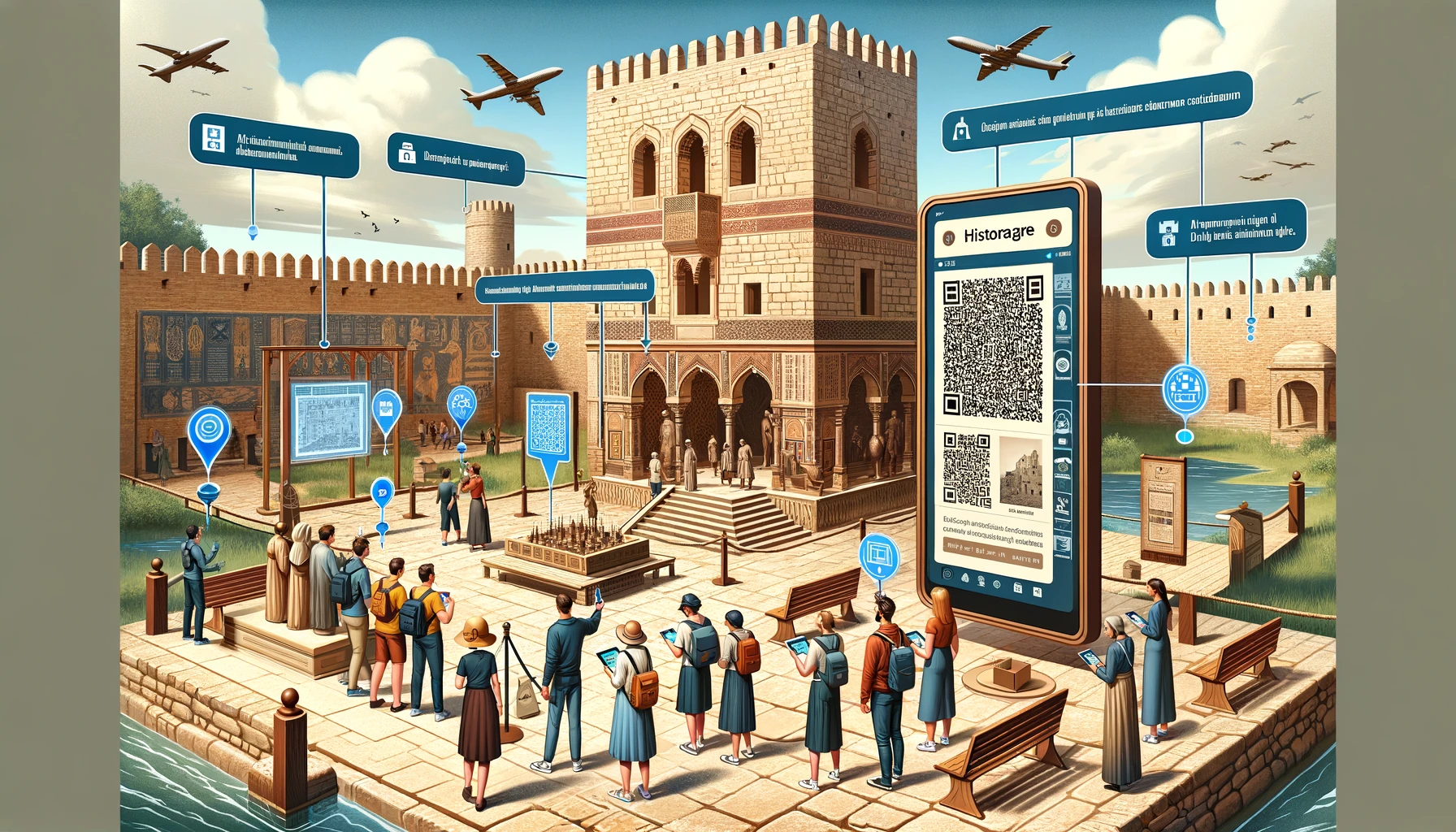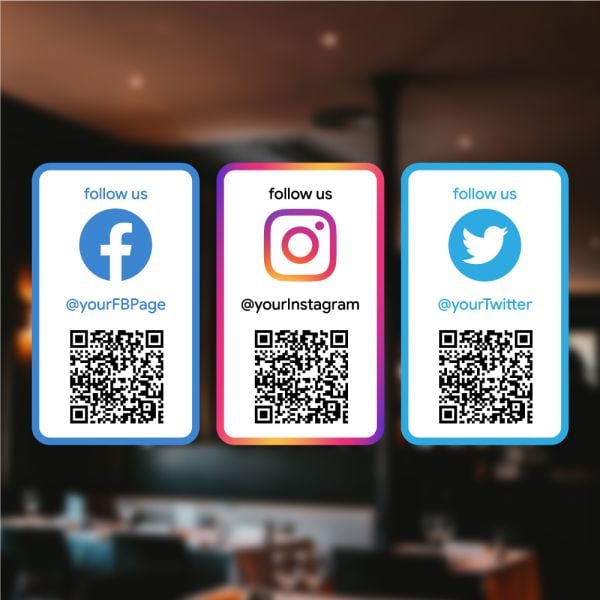
QR Codes: Digital Gateways to History
QR Codes offer a unique way to connect visitors with the rich stories behind heritage sites and cultural artifacts.
Interactive Tours and Information
QR Codes placed at historical sites can unlock a wealth of information, including historical context, stories behind artifacts, and multimedia presentations, enriching the visitor experience.
Multilingual Support
These digital tools can provide information in multiple languages, making heritage more accessible to diverse audiences worldwide.
Enhancing Educational Outreach
- Engaging Young Audiences: QR Codes can turn heritage sites into interactive learning environments, appealing to younger, tech-savvy generations.
- Virtual Learning Experiences: For those unable to visit in person, QR Codes can link to virtual tours and online educational resources.
Preserving Cultural Narratives
QR Codes help in preserving and sharing intangible cultural heritage, such as folklore, music, and oral histories, by linking to audio recordings and videos.
Sustainable and Non-Intrusive Preservation
Using QR Codes is a sustainable approach to preserving heritage sites. They are non-intrusive and do not interfere with the site’s authenticity or aesthetic.
Conclusion
QR Codes are playing a crucial role in the preservation and enhancement of cultural heritage, offering interactive, informative, and accessible experiences. They serve as a bridge between the ancient and the digital, ensuring that the rich tapestry of our history is preserved for future generations.
Most viewed




